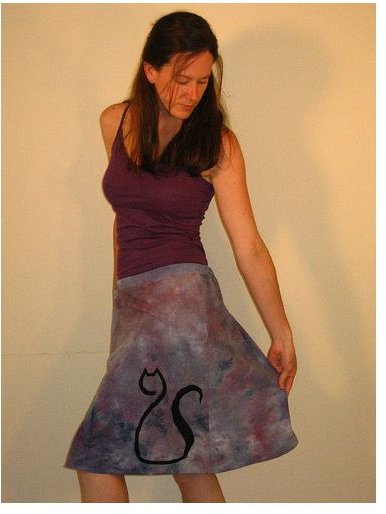Advantages of Hemp Clothing: an Eco-Friendly Product for Green Clothing
The concept of green living is one that has become a priority for many of us. It arises from an awareness of the threats that our planet faces as a result of dwindling resources, emission of green house gases and environmental pollution. More and more, we are re-examining our life styles to adopt ways of living that would safeguard our environment. In particular, consumers shopping for green clothing check on items made from sustainable resources and that are bio degradable. A surprising resource that meets this criterion for green clothing is hemp.
Hemp Products & Uses
Hemp’s use as a source for clothing and other products is believed to date beyond recorded history. It was used in China over 5000 years ago.
It belongs to the genus Cannabis sativa L, the same one as the more infamous one bearing its name, marijuana. They belong to different varieties of the same plant. The narcotic properties attributed to this strain arise from a substance called tetrahydrocannabinol or THC. In hemp grown for industrial purposes, including green clothing, THC occurs less than 0.3 % on a dry weight basis. In contrast, marijuana has a THC level of 3-15%.
Hemp is a wonder crop. It is cultivated to obtain fiber, oil and seeds. Hemp is used as a medicine as well as a narcotic. It has wide use in industry. From ropes, sails, canvas, burlap and paper to green clothing its versatility of uses is numerous.
Compared to cotton which requires years to grow to maturity, a hemp tree matures in one season. This, plus its tendency to mulch the soil makes it ideal for use in crop rotation. No herbicides are used for cultivation of hemp. Compared to other plant based crops such as cotton, hemp requires less water during cultivation. The hemp plant with its deep root system also helps controls soil erosion. It produces 250% more fiber per acre than cotton and 600% more than flax.
Hemp is an Eco ‘Textile
Hemp stalks go through a process called retting to separate its fibers which are then spun in to yarn and woven to produce textile. The retting process determines the quality of the fiber produced. Most countries use a combination of natural, mechanical and chemical means in the retting process. The less chemical processing used, better is the quality of the fiber produced. Hemp is classified as an eco textile. This means that less energy and carbon are used and less pollution is created in producing hemp textiles than those manufactured in the conventional way.
Hemp is usually blended with cotton, flax or silk to produce a variety of fabrics with versatile qualities. Green clothes are also made using hundred percent hemp. Although some consider these rough to the touch they become softer with repeated washings. Hemp garments have the properties of being hardy, wrinkle free and the ability to retain their shape with repeated wearing making them ideal for travel. Moreover hemp fabrics are absorbent and repel ultraviolet rays. As a result dyed hemp clothes are less prone to fading.
Hemp Clothes are Green

Hemp’s naturally breathing quality and its ability to remove moisture makes it an easy choice to wear as jeans, trekking pants, sweat shirts or tops in warm weather. This same insulating property makes hemp an ideal choice to wear during colder weather. A range of green clothing ranging from gloves, beanies, undergarments and hats to tops that can be used for layering are produced as winter wear.
Hemp is resistant to mold and mildew. Socks, shoes and sandals made from hemp are less prone to odors. This hypo-allergenic feature makes hemp garments and linen ideal for those who suffer from chemical or other allergies. Patients recovering from chemotherapy or whose skin is sensitive to chemicals find relief in wearing clothes and using linen made from hemp. Hemp diapers help keep your baby cool and dry while lending itself to repeated washing with no risk of skin irritations or infections.
The versatility of hemp as an item of green clothing does not end there. Twisted hemp fibers and beads are used in a range of trendy jewelry ranging from bracelets and necklaces to ear rings. Shoes, sandals, bags and hats add to the range of hemp based accessories available for the discerning green shopper.
In conclusion, shopping for green clothing made from hemp offers many choices for the eco-conscious shopper. From its origin as a sustainable plant crop to its production as an eco textile, hemp contributes to the preservation of our resources. In this sense, hemp clothing is truly green. They are hypo-allergenic, naturally breathing and bio-degradable. In terms of versatility of use, shopping for green clothing made from hemp can surely be a satisfying experience.
Photos
https://commons.wikimedia.org/wiki/File:Hennepvezel_Cannabis_sativa_fibre.jpg
